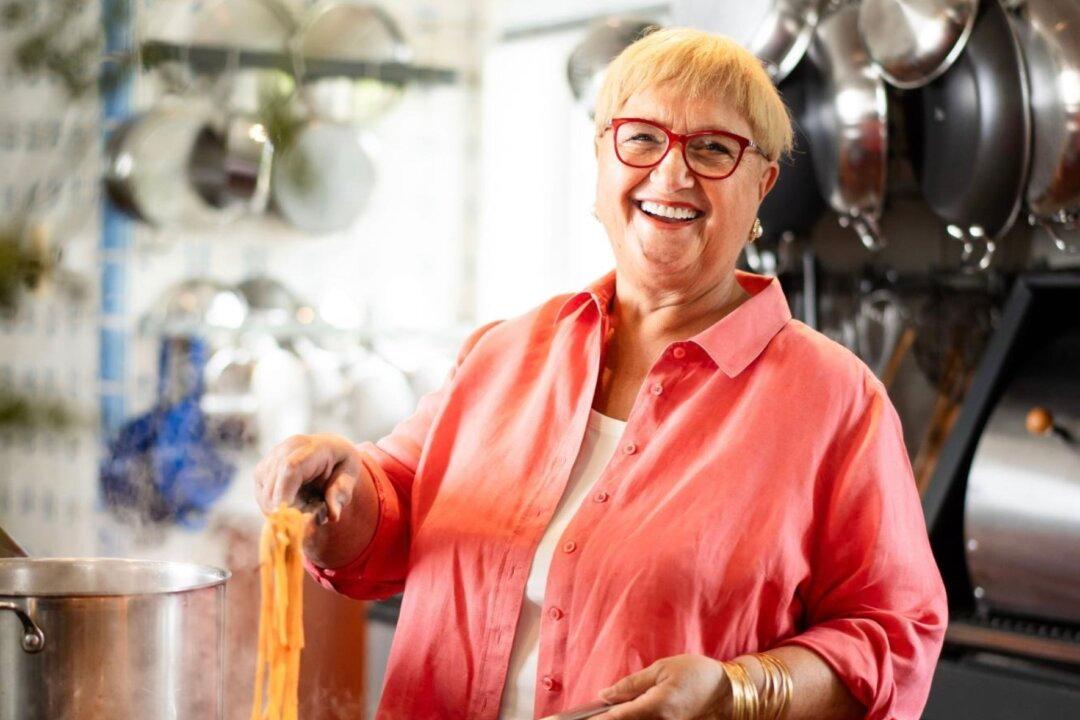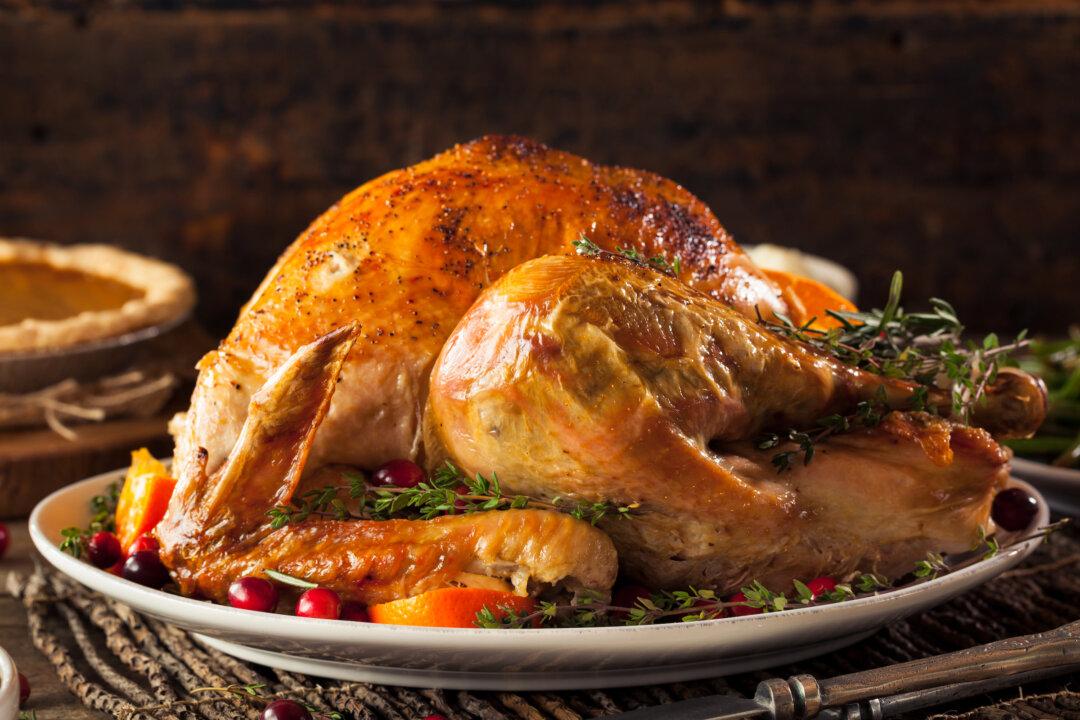At her home in Queens, New York, Lidia Bastianich cooks with a view of the water. Opposite her sprawling kitchen and dining table, wall-to-wall windows look out over her garden to the idyllic Little Neck Bay, where sailboats bob serenely under blue skies.
Here is where the Italian refugee turned James Beard and Emmy Award-winning chef, restaurateur, TV personality, and author raised her children and her grandchildren; where she taught Julia Child how to make risotto; where she filmed the PBS shows that introduced millions of Americans to traditional Italian home cooking, inviting them around her table with her signature phrase: “Tutti a tavola a mangiare!” “Everyone to the table to eat!”






